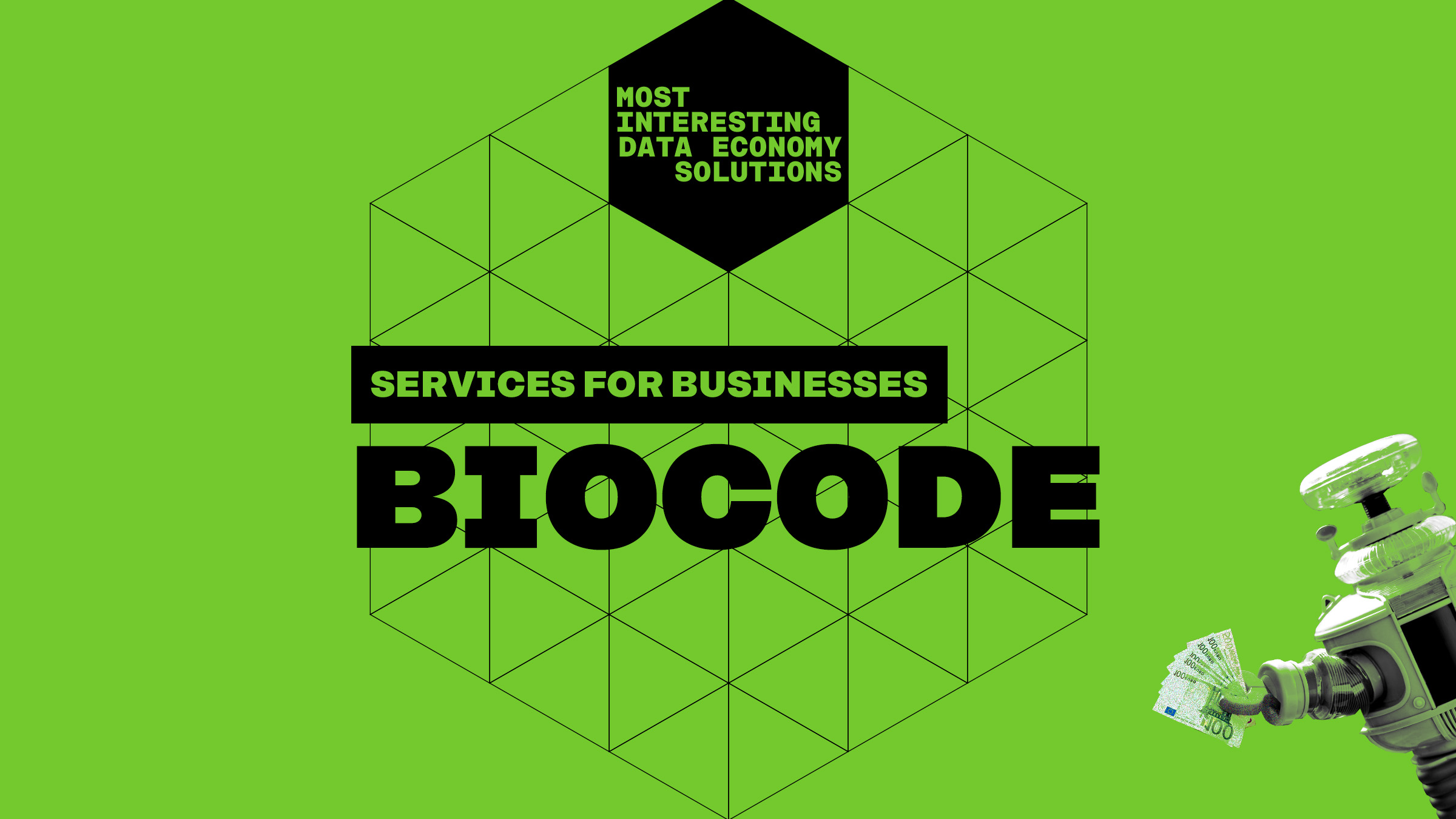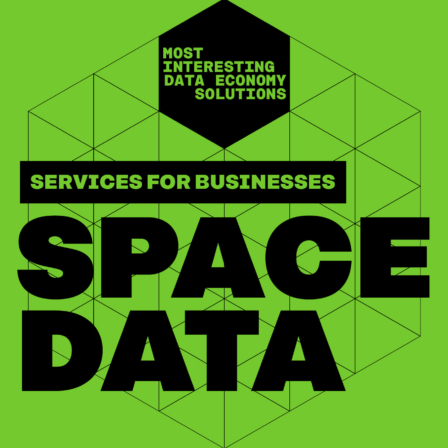Companies’ environmental reporting became stricter this year, when the European Commission’s Corporate Sustainability Reporting Directive (CSRD) came into force. Among other things, the new directive requires companies to report on emissions from their operations and value chains as part of their financial reporting. Initially this will only apply to large companies, but it will eventually be extended to smaller companies along the supply chain.
The calculation of greenhouse gas emissions included in the reporting requires manual work, and small companies may not already have the skills or time to produce the required data. Companies have feared that the reporting obligation will take away time from other responsibilities and business development.
According to Ernesto Hartikainen, CEO of Biocode, the challenge particularly affects the food industry, where supply chains are very long.
“The production of a food product requires several raw materials, which are produced by up to thousands of primary producers. It is impossible to collect comprehensive data from each producer individually, as it would require visiting or calling each producer one by one.”
The majority of emissions from the food sector come from agriculture. Primary production, meaning farmers and producers, has a significant role to play in mitigating climate change.
“We wanted to create an application that would allow anyone to calculate and manage a company’s emissions or a product’s carbon footprint throughout its life cycle, from raw materials to waste management. No prior knowledge is needed,” says Hartikainen.
Carbon footprint calculation helps set effective climate targets
The user starts using Biocode’s calculator by choosing whether to calculate emissions at the product or company level. The food company starts using the product-specific calculator by entering basic information about the product and the scope of production. In addition, information is required on the raw materials used, means of transport and distances, energy used and packaging materials.
The calculation can use the generic emission factors provided by the service, but the most accurate result is achieved by entering primary data.
A company can also calculate its emissions at a company level by entering information on emissions from its own operations and supply chains. This allows the company to report in line with the EU’s Corporate Sustainability Reporting Directive
For example, a broiler producer enters information on the raw materials and operations needed in production, such as feed consumption, the number of day-old chicks and the weight of the broiler at slaughter. The farmer, in turn, enters information on the farming method and inputs, such as fertiliser, in the calculator. The data can be entered at the field parcel level.
The calculator provides a visual summary of the carbon footprint of the production chain. The calculation formulas are automated, so the user only has to enter their input data. The tool’s calculation methods are based on the standards of life cycle assessment and carbon footprint calculation. In addition to information provided by the user, the calculator uses data from public sources.
The service allows to test in real time how changes in production methods affect the carbon footprint of a product or company. The results can be used by companies, farmers or producers to set climate targets for their operations.
“After receiving the results, the user decides whether they want to share them with, for example, their client company. This creates new chained data that can be used, for example, to improve calculations and climate measures,” Hartikainen describes.
Data tools must also be made available to small operators
Biocode is quick and affordable for companies to use compared to traditional life cycle assessments carried out as consultancy work. The calculation can easily be repeated annually, and the data can be updated in real time. When the reporting and calculation are in the hands of the company itself, its understanding of emissions and calculation expertise grows.
According to Hartikainen, collecting and transferring data is easy, but creating new data requires skill and effort. Before information can be used, it must be organised and put into the right format.
“This requires building a data infrastructure, which costs money. Small businesses, in particular, cannot afford it. The lesson from Biocode is that even small operators need tools to help them interpret data and manage emissions. This is a prerequisite for sustainable business.”



